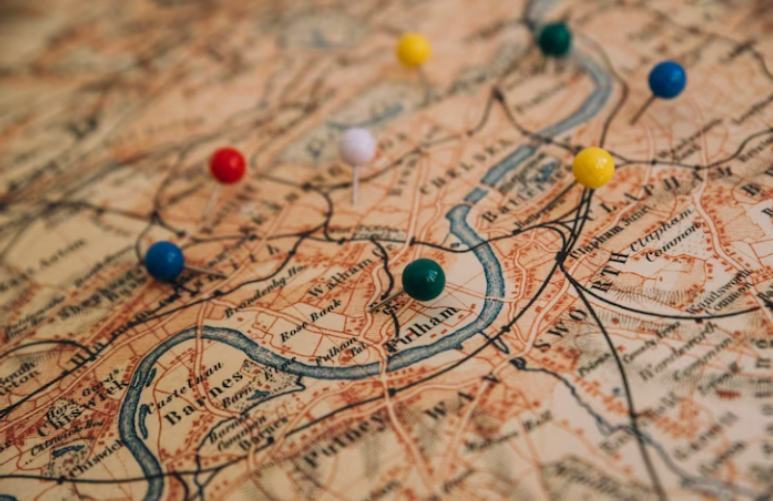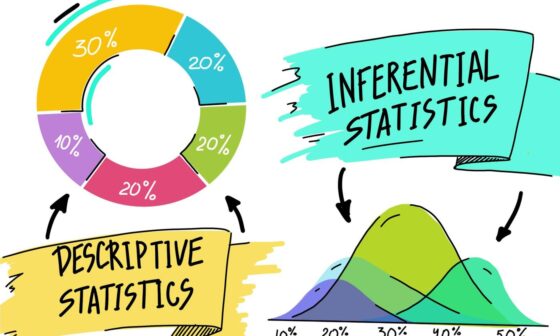Whether you are a book illustrator, fantasy writer, or graphic designer, you can understand the importance of world-building. This art of creating a world from scratch can be a fun process but may overwhelm you at the same time.
Fantasy map building is creating places that don’t exist in reality. Whether you are creating your visual map for a game or a book publication, it is not easy to transfer your imagination onto a piece of paper in a visual form.
You may see a fantasy map on a game box or a book and think it looks simple. However, when you follow the advice from experienced people in the field, you will know that it’s a deeply creative process that can take weeks or months to be finalized.
If you do not have any prior experience in creating maps, here are a few essential tips that can help.
- Plan Your World
You may think that one fine day, you will find inspiration that can be transferred to the paper. But inspiration alone cannot do it all. You must pair it up with planning and detailed notes to ensure your fantasy world stands out.
The best practice is to learn from the best fantasy map generators worldwide. Take your time to study their maps and look into their thought process. Before your pen touches the paper, make detailed notes about what you want to make a part of your world.
Be clear about what kind of landscapes you will use and the essential landmarks that contribute to your fantasy world. Write down all what kind of land you are in, i.e., islands, cities, mountains, and choose the landmarks accordingly.
- Keep the Viewer in Mind
As mentioned, drawing fantasy maps and aligning them with your story can be challenging. Of course, the first step to drawing a map is ensuring you are satisfied with your map. But it’s not a one-way transaction. You cannot forget about your viewer.
If one draws a fantasy map for fun, it’s okay if it does not convey perfect sense to every reader. However, if you plan to share it with people, you must bring it down to a level where it’s self-explanatory to all its viewers.
It is always a good idea to share your initial drafts with some of your friends or family member. This practice gives your work a fresh pair of eyes to give you an honest review. It will help you see and understand the room for improvement in your fantasy map.
- Finalize the Palette
This section may not concern you if you are creating a fantasy map but are limited by black-and-white colors. But, if you have the opportunity to play with colors, it’s best to use them to your full advantage. Colors can help you in making your fantasy map more interactive.
For example, you can have the opportunity to mark the land with green or use blue color to show the water bodies. In addition, colors can also help you give the reader more information about the era in which you want to base your story.
If you want to give your map an antique look, you can use stained paper to tell the viewers more about your world. On the contrary, if you are writing a book for children, you can use brighter colors and trails to engage the target audience right away.
- Go Outside the Map
Some illustrators and graphic designers may agree that purely informative maps can sometimes get boring for readers. They need more than the names of places and the type of landscapes. Every creator of a fantasy map tries to meet this need of their viewer but ends up going overboard.
The best way to inform your reader more is to remember that there is an area outside your map that can be used. You can add small details in this area and link them to some symbols on your map. These symbols can be illustrations of monsters, representations of events, and many other landmarks.
However, make sure that you do not go overboard with these embellishments. You do not want to give away all your secrets and twists to the viewer on the initial pages of your work. Remember to leave some goodness for the pages inside too.
- Use the Right Markers
Even when creating a fictional map, your first priority may be making everything readable for your viewer. After all, you want to connect with your reader at the first opportunity you get. The right markers can help you a lot in this endeavor.
No map is complete without a compass and some markers. So, once you are done with the basics of creating your fictional map, make sure to add scale markers. Instead of mentioning the north, west, east, and south direction, using a compass is better and smarter.
Of course, things can get a bit mathematical here but do not worry. You can always hire the services of a mathematician or a geologist to help you create an error-free map. This practice can help you in increasing your credibility among readers and critics.
- Seek Out Feedback
If you have never generated fantasy maps before, it can be an overwhelming task that may be hard to navigate alone. That is why having an objective set of eyes is better to help you take the right steps. The more opinions you get, the more you can enhance your work.
You can also seek out online communities that are more than willing to help out mapmakers but provide them with feedback. When you join communities, you can also stay updated with the new trends related to world-building and map-making.
When you work alone, you may feel satisfied with your work after a few drafts. That is why getting it reviewed by other people with experience in the field is important. They can help you find room for improving your work and develop the best possible solution.



